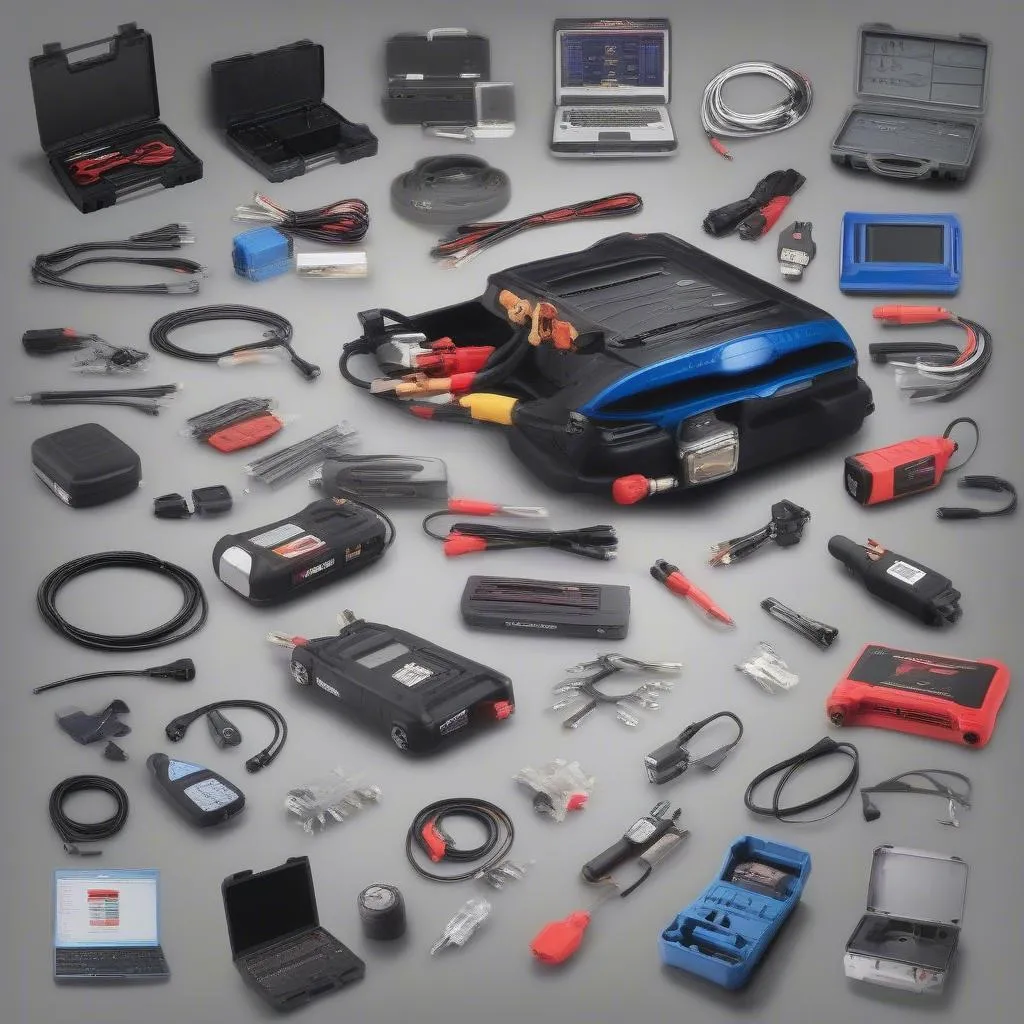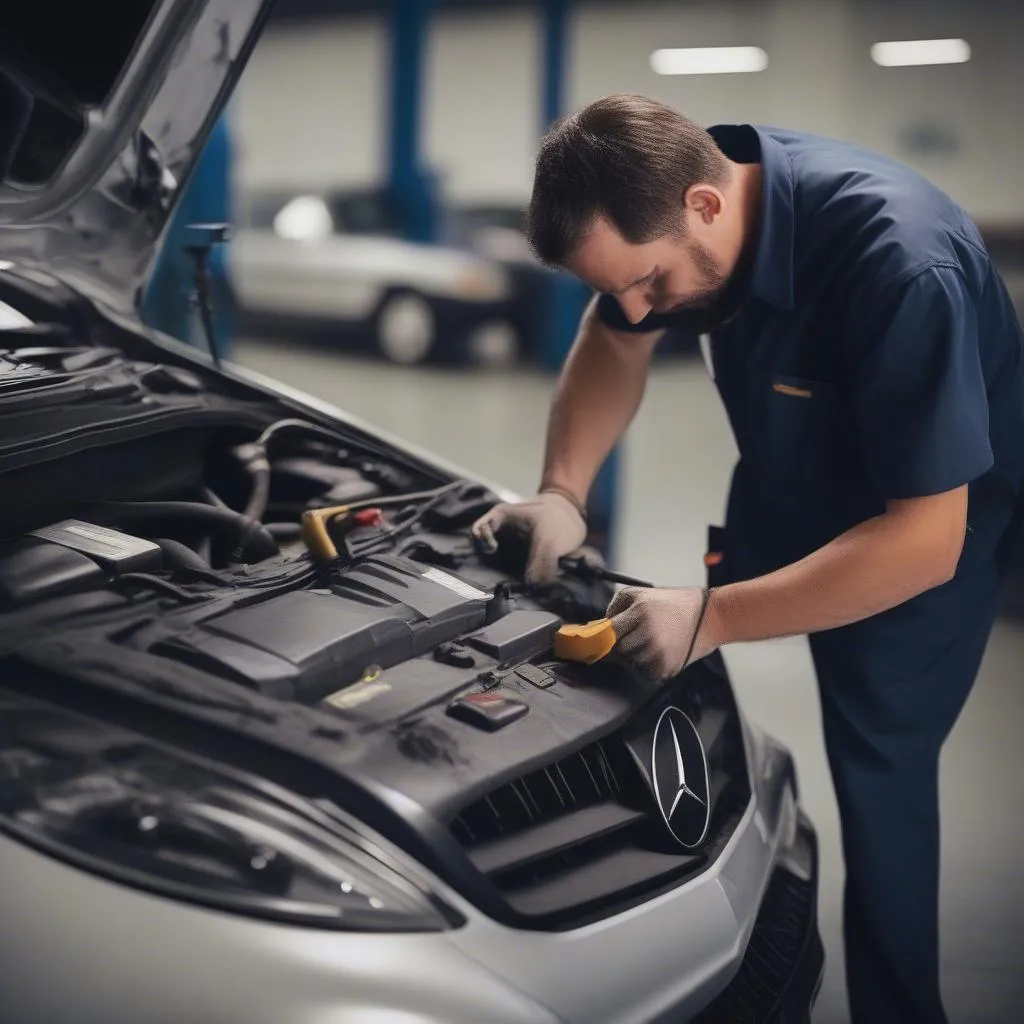The Mercedes-Benz brand is synonymous with luxury and performance, but even the most prestigious names in the automotive industry can face technical hiccups. One such challenge that emerged in recent times is porpoising, a phenomenon that has plagued several Formula 1 teams, including Mercedes. This issue, characterized by a high-frequency bouncing motion at high speeds, has left many wondering, “Can Mercedes fix the porpoising?”
Understanding Porpoising: A Bumpy Ride
Porpoising, in the context of motorsport, refers to the rhythmic bouncing experienced by cars, particularly at high speeds on straights. It’s caused by aerodynamic instabilities, primarily stemming from the ground-effect aerodynamics introduced in the 2022 F1 regulations. These regulations aimed to create downforce through ground effect, sucking the cars to the track for faster cornering. However, this also made the cars susceptible to porpoising under certain conditions.
Identifying the Telltale Signs
Recognizing porpoising is fairly straightforward. Drivers experiencing this phenomenon describe it as an intense bouncing sensation, almost like the car is riding on a road with severe bumps. This bouncing can be visually evident as well, with the car visibly oscillating up and down, particularly noticeable on the straights.
 F1 car experiencing porpoising
F1 car experiencing porpoising
Getting Technical: The Fix
Addressing porpoising requires fine-tuning the car’s setup and aerodynamics. Teams, including Mercedes, have been working tirelessly to mitigate this issue through various means:
- Suspension Adjustments: Modifying suspension settings, particularly stiffness and ride height, can play a crucial role in reducing porpoising.
- Aerodynamic Tweaks: Adjusting the car’s aerodynamic components, such as the front wing, rear wing, and diffuser, can help in stabilizing the airflow and minimizing ground-effect fluctuations that contribute to porpoising.
- Floor Modifications: The floor of the car plays a significant role in managing airflow. Teams have explored various floor modifications, including altering the floor edges and adding vortex generators, to control the ground effect and reduce porpoising.
“Solving porpoising is a complex aerodynamic challenge that involves finding the right balance between downforce and minimizing the sensitivity of the car’s aerodynamics to ride height changes,” explains Dr. Emily Carter, a hypothetical automotive engineer specializing in vehicle dynamics.
FAQs: Addressing Your Queries
Q: Is porpoising just an F1 issue?
While prominent in F1 due to the extreme speeds and ground-effect aerodynamics, porpoising can affect any car with similar aerodynamic designs, although it might be less pronounced at lower speeds.
Q: Can diagnostic tools detect porpoising?
While not a direct fault, sophisticated telemetry systems used by teams and some high-end automotive diagnostic tools can record parameters like ride height and acceleration, which can help identify the presence and severity of porpoising. For advanced diagnostics and analysis, consider exploring the range of automotive diagnostic tools offered by CARDIAGTECH.
 Automotive diagnostic tools from Cardiagtech
Automotive diagnostic tools from Cardiagtech
Q: Did Mercedes completely eliminate porpoising?
Mercedes, like other teams, has made significant progress in mitigating porpoising through continuous development and setup adjustments. However, completely eradicating it can be challenging due to the constantly evolving nature of motorsport and the influence of track-specific conditions.
Conclusion
Porpoising presented a considerable challenge for Mercedes and the world of F1. It highlighted the complexities of ground-effect aerodynamics and the constant pursuit of performance. While not a simple fix, the continuous efforts of engineers and the ever-evolving world of automotive technology offer reassurance that with meticulous adjustments and advancements, this bumpy ride can be smoothed out, leading to a more stable and ultimately faster car.

